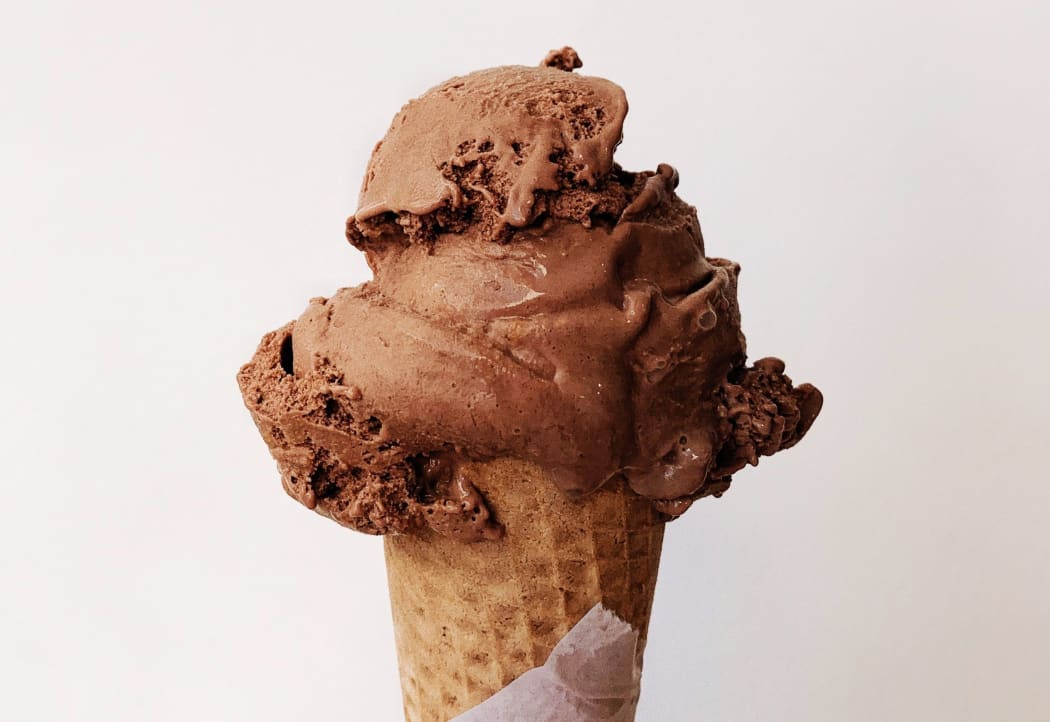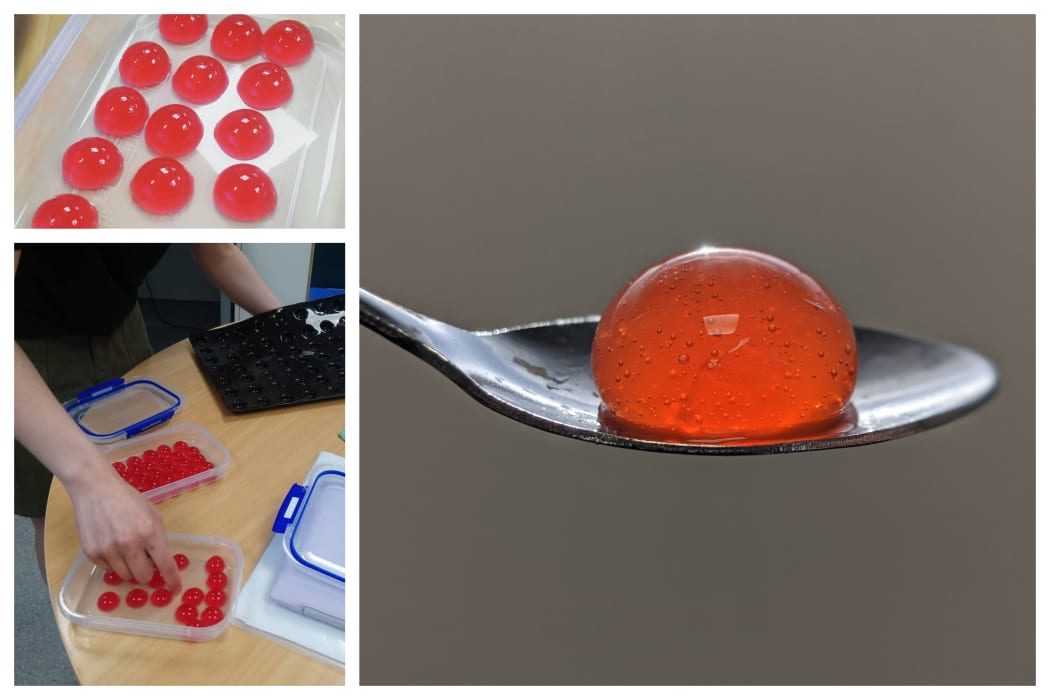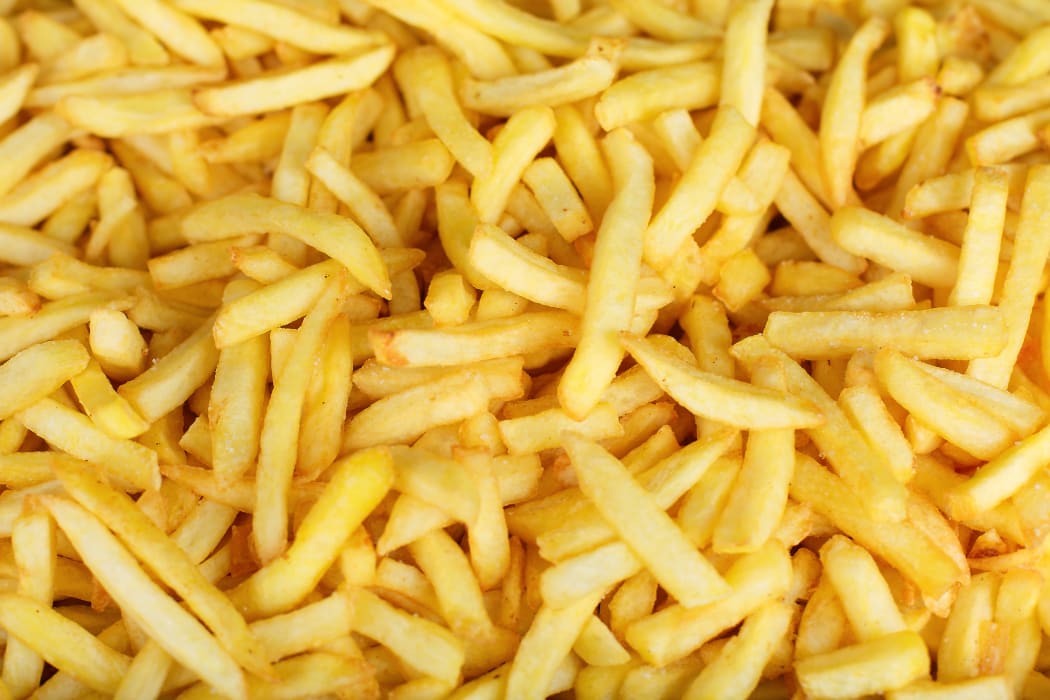The way ice crystals can kill the enjoyment of ice cream demonstrates the crucial role of texture - as well as taste - in our experience of food, says scientist Yvonne Kuiper.
A better understanding of how our brains respond to food texture could help with the treatment of obesity and eating disorders, she tells Kathryn Ryan.

Photo: Irene Kredenets / Unsplash
"Texture plays a major role in the liking of food but also how full it makes you feel.
"For example, a glass of apple juice versus an apple - the apple will make you feel fuller just because of the texture, even though the energy is the same."
To study how the brain responds to food texture - independently of how it responds to flavour - Kuiper creates balls of jelly which are identical in odour and flavour but have different textures.
She then observes what happens in people's brains via MRI scans when they take a single bite.

Yvonne Kuiper's jellies Photo: Yvonne Kuiper
When we eat a certain food, our brains identify texture before any other aspect of the experience, Kuiper says: "Is this crunchy? Is this chewy? Is this slimy?".
Then our brain asks if we like it or not or it makes us feel full or not.
"Texture and taste, they sort of play with each other. You don't have one without the other. And texture is actually a big factor in the way taste is released as well. If the texture is not right, even though the taste is the same, we won't like it.'
Understanding which parts of our brain respond to food texture will enable us to then investigate why fats are so hard to resist - and why ice cream is so delicious, Kuiper says.
Yvonne Kuiper is a doctoral candidate at the University of Auckland's science faculty.
You can learn more in her article Why food is nothing without texture.
Related: Do crunchy foods make you fuller?

Photo: 123rf

